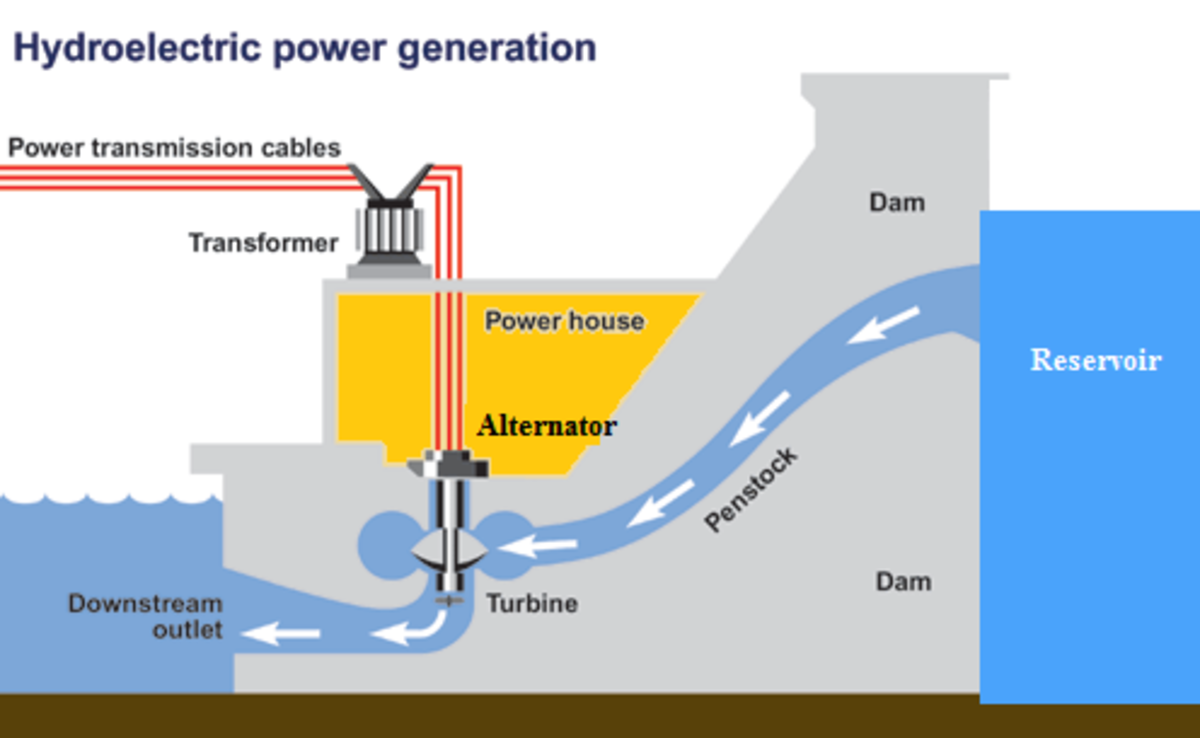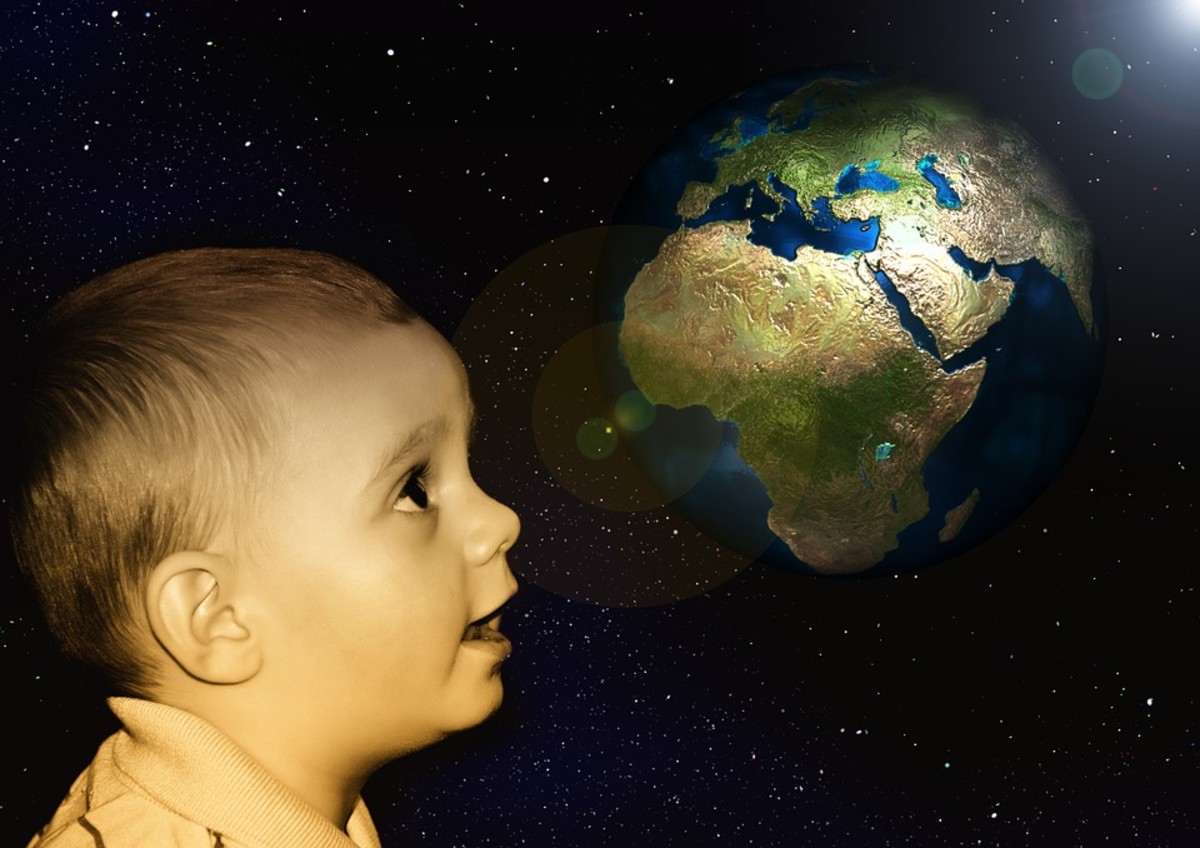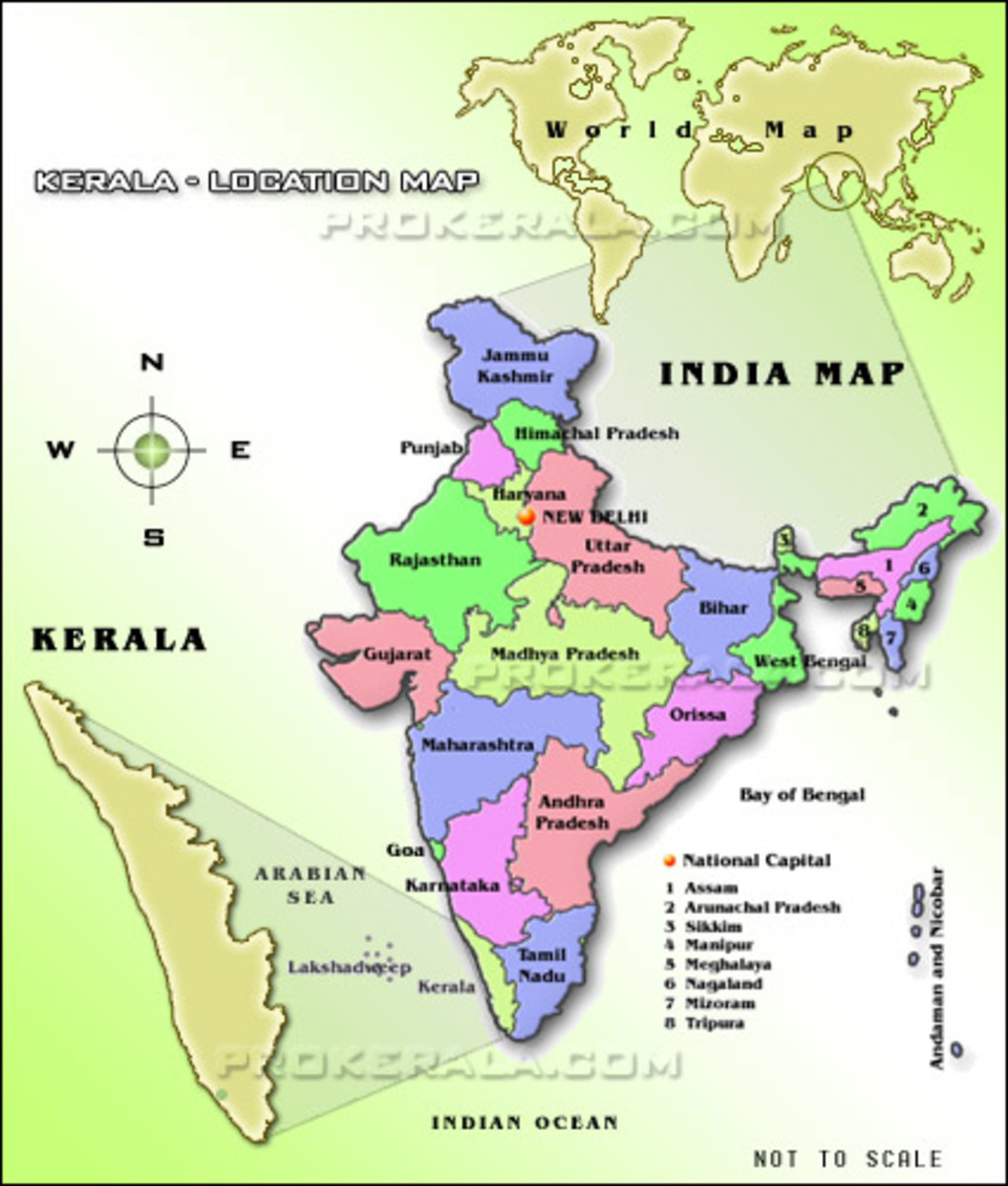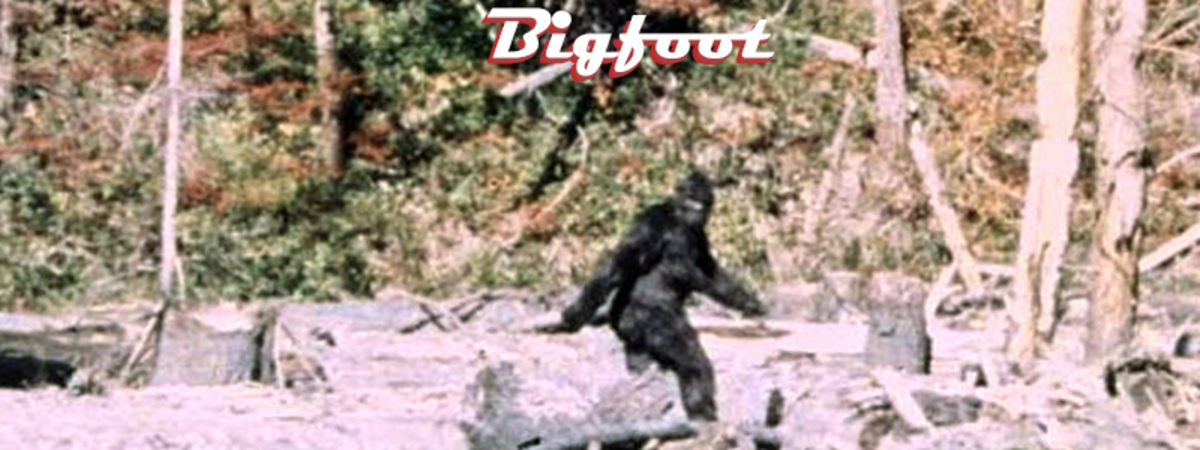Causes and Effects of Biodiversity Loss in the Tropical Rainforest
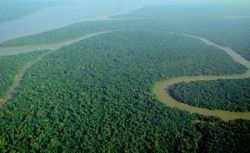
Examine the causes and the effects of Biodiversity Loss in the Tropical Rainforest
Biodiversity can be defined as the variety of all forms of life on earth (plants, animals and micro-organisms). The tropics are the richest areas for biodiversity as tropical rain forestes contain over 50% of the worlds species in just 75 of the worlds land. They account for 80%of the world's insects and 90% of its primates. Even though biodiversity benefits us humans in countless ways we tend to be oblivious to this fact and instead, the biodiversity on earth is gradually diminishing. There are many reasons for the loss of biodiversity and the most prominent include Globalisation and Cattle Ranching, Hydroelectric Power (HEP), Migration and Logging. Similar to how there are numerous casuses for the loss of biodiversity, these casuses also have many drastic effects.
Globalisation
As mentioned in the introductory paragraph, globalisation and cattle ranching is one of the major causes for the loss of biodiversity. Globalisation can be define as the world coming together for trading purposes. This contribues to the loss of biodiversity as globalisation is directly linked with deforestation. For instances, huge global corporations like McDonalds own countless amounts of cattle which are often located in deforested areas. In addition to this, much forest land in the Brazilian Amazon is also deforested in order to enable the growth of soy beans (soy-based animal feed used by fast-food chains such as McDonalds) which leads to many effects which will be mentioned later. Not to mention, since the growing of soy bean requires a lot of land, it provokes ranchers and farmers to move deeper into the forest frontier triggering elevated levels of biodiversity loss due to deforestation.
Cattle Ranching
It is a known fact that 80% of the world's deforestation which leads to the loss of biodiversity is due to cattle ranching. First and foremost, in order for cattle ranching to take place, much forest land is cleared (deforestation). This step itself holds many drastic effects: the most significant of them being an increase in the carbon dioxide emissions and the loss of habitat and the loss of biodiversity for thousands of species per year. Cattle ranching is the leading cause of deforestation in the Brazilian Amazon. This has been the case since at least the 1970s. Government figures attributed 38 percent of deforestation from 1966-1975 to large-scale cattle ranching. According to the CIFOR, between 1990 and 2001 the percentage of Europe's meat imports that came from Brazil rose from 40-74%. Thus, as shown through the evidence, the increase in beef demand also strongly provokes more ranchers to take on this cost effective method of cattle ranching hence leading to more deforestation and consequently, leads to the huge loss of biodiversity in the Brazilian Amazon.
Cattle Ranching and Globalisation as a whole have numerous grave effects. For instance, increased carbon dioxide emissions (as the loss of tress eliminates a source of absorption of CO2 and the burning of trees increases CO2 levels in the atmosphere) , increased levels of methane gas (produced by cows), Soil Degradation (as overgrazing, over cultivation and deforestation affects the nutrient cycle leaving the soil infertile and prone to erosion) and last but most relevant, the loss of biodiversity (due to loss of habitats caused by deforestation).
Hydroelectric Power (HEP)
Another major factor for the loss of biodiversity is Hydroelectric power (HEP). This is because in order to construct HEP stations, large areas are needed and thus, the most ideal places for these stations are in the tropics due to the immense amounts of land and the easy access to water. And hence, in order for HEP stations to be built, vast amounts of land in the tropics are cleared directly linking the construction to deforestation and hence the loss of biodiversity. The most archetypal example for this would be the construction of the Tucurui Dam situated in the Amazon region in Brazil. The Tucuri Dam is the 4th largest dam in the world and it produced electricity for approximately 40 million people. However, during the construction of the dam, double the size of Hong Kong was flooded and 14,000 people were relocated by the government. 3,750 of these people moved to new islands created by the reservoir which lake adequate infrastructure. Not to mention, the deforestation and the construction of the dam is directly to blame for the loss of biodiversity such as the habitat destruction of unique fish, animals and plant species such as the Dorada and the Picuda. in addition to this, some of the other serious effects include deforestation (leading to increased CO2 emissions and biodiversity loss), change in water quality (affecting fauna, flora and human populations downstream), the breeding of disease bearing mosquitoes (enabling the spread of disease), and the contribution to the green house effect due to the construction of the dam reservoirs.
Migration
As mentioned in the introduction, another factor that affects the loss of biodiversity is migration. As populations continue to rise, room for residential areas in the city continue to diminish and thus people have to seek new areas to reside in. hence, the tropics become a very desirable area for residing in due to the vast amounts of space triggering deforestation as extensive areas of the forst are cut in order to make room for the growing populations. In addition to this residing in forests is also a very beneficial idea for these people as it provides them with job opportunities such as farming on deforested land, logging, cattle ranching and so on. One such example would be the situation in Dak Lak, Vietnam. In present conditions, the local authorities in Dak Lak were expressing their concern over the high influx of people to the area due to need of space as well as for the need of finding a occupation through cutting down tress in the rainforest. There were 186 new households or 821 immigrants in 2006, and 67 new households with 312 immigrants in the first quarter of 2007. According to statistics from the Dak Lak Forest Management Department, nearly 100 ha of forest have been occupied for cultivation and at least 20 ha of forest have been cut down by immigrants this year. Similar to the paragraphs above, some of the effects of migration include deforestation which first and foremost leads to the loss of biodiversity. In addition to his, deforestation also leads to increase carbon dioxide emissions, soil degradation and infertile soil (due to affected nutrient cycle) and a much drier climate due to less evapotranspiration.
Logging
Last but not leaset, an additional cause for the loss of biodiversity is logging. Logging can be defined as the process in which certain trees are cut down by a lumberjack or machine. This process of logging can be directly linked to that of deforestation as tres are being constantly cut down. Furthermore as only certain trees are being cut down, logging could also directly lead to the potential extinction of certain tress. For instance, in the northern part of the Amazon, the tropical hardwood in the name of Roxinho was greatly exploited in the form of logging. The first tree was cut two months ago but by now, the part of the Amazon available for logging is slated to swell to more than six times its current size. Researchers estimate this to have a drastic effect on the Amazon and on us humans as well considering t he fact that in the next five years, Brazil plans to sell logging rights to more than 27 million acres of jungle leaving these areas prone to logging. Some of the effects of logging firstly includes the loss of biodiversity as habitats are being destroyed and thus many plants, animals and organisms lost. Not to mention due to elimination of the trees there are elevated levels of carbon dioxide, degraded and infertile soil due to the manipulations explained below. As trees are constantly being cut down the nutrient cycle is gravely affected. This is because as the availability of the trees lessen there is firstly less oxygen, less moisture in the air and less evapotranspiration. In addition to this, since there are no leaves, no litter is returned to the ground (no organic matter). This therefore means that there is no humus replaced and thus fewer nutrients returned to the soil and fewer nutrients for plant use. Not to mention, as there aren't any leaves intercepting the rainfall, the soil is prone to leaching where its minerals and nutrients are washed away by the run off leaving the soil infertile and degraded due to the presence of iron and aluminium.
Conclusion
Thus in conclusion, the most major causes for the loss of biodiversity include globalisation and cattle ranching, hydroelectric power, migration and logging. All the causes are directly linked to deforestation and the effects of these causes include the loss of biodiversity, increased levels of carbon dioxide emissions, increased levels of methane gas, soil degradation, manipulations to the nutrient cycle, displacement, floods, change in water quality, the breeding of disease bearing mosquitoes and the contribution to the green house effect due to the construction of the dam reservoirs.
Bibliography
Deforestation. (n.d.). The Global Change Program at the University of Michigan.
Retrieved June 1, 2013 from
http://www.globalchange.umich,edu/globalchange2/current/lectures/deforest/deforest.html
Greenpeace accuses McDonald's. (n.d.). Mongabay. retrieved June 1, 2013, from news.mongabay.com/2006/0406-greenpeace.html
Migration and deforestation in Vietnam (CCD-Colaition / olyecology)
DESERTIFICATION. (n.d.). DESERTIFICATION / All about drough, desertification and poverty in the drylands. Retrieved June 1, 2013, from http://www.desertification.wordpress.com/2007/06/2...
Pyne, S. (n.d.). Logging / Amazon Rainforest / Deforestation. International News / Global News from Around the World.. Retrieved June 1, 2013, from http://www.globalpost.com/dispatch/brazil101019/lo...
Country. (n.d.). Logging in the Rainforest. Rainforests. Retrieved June 1, 2013, from http://www.rainforests.mongabay.com/0807.htm


